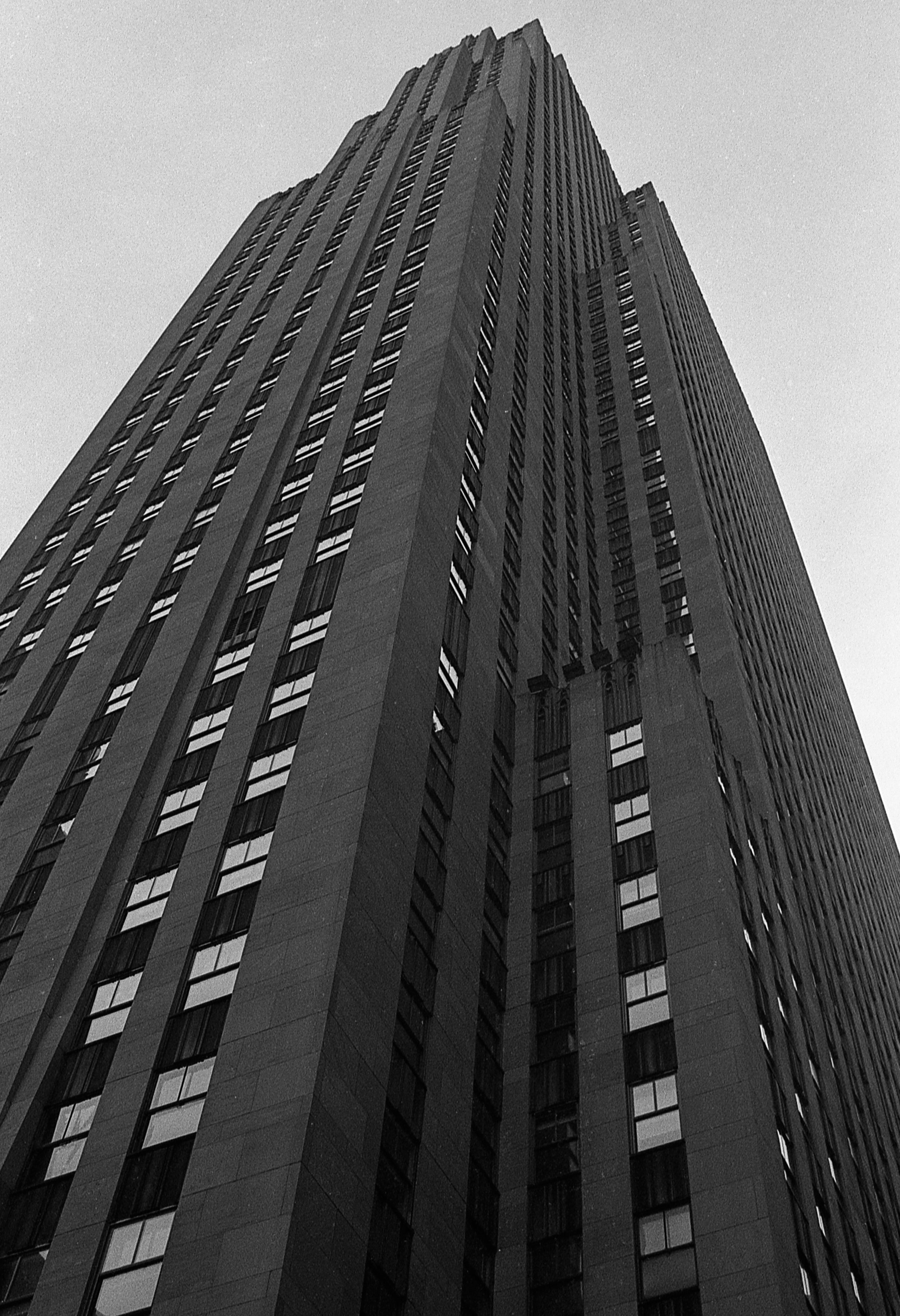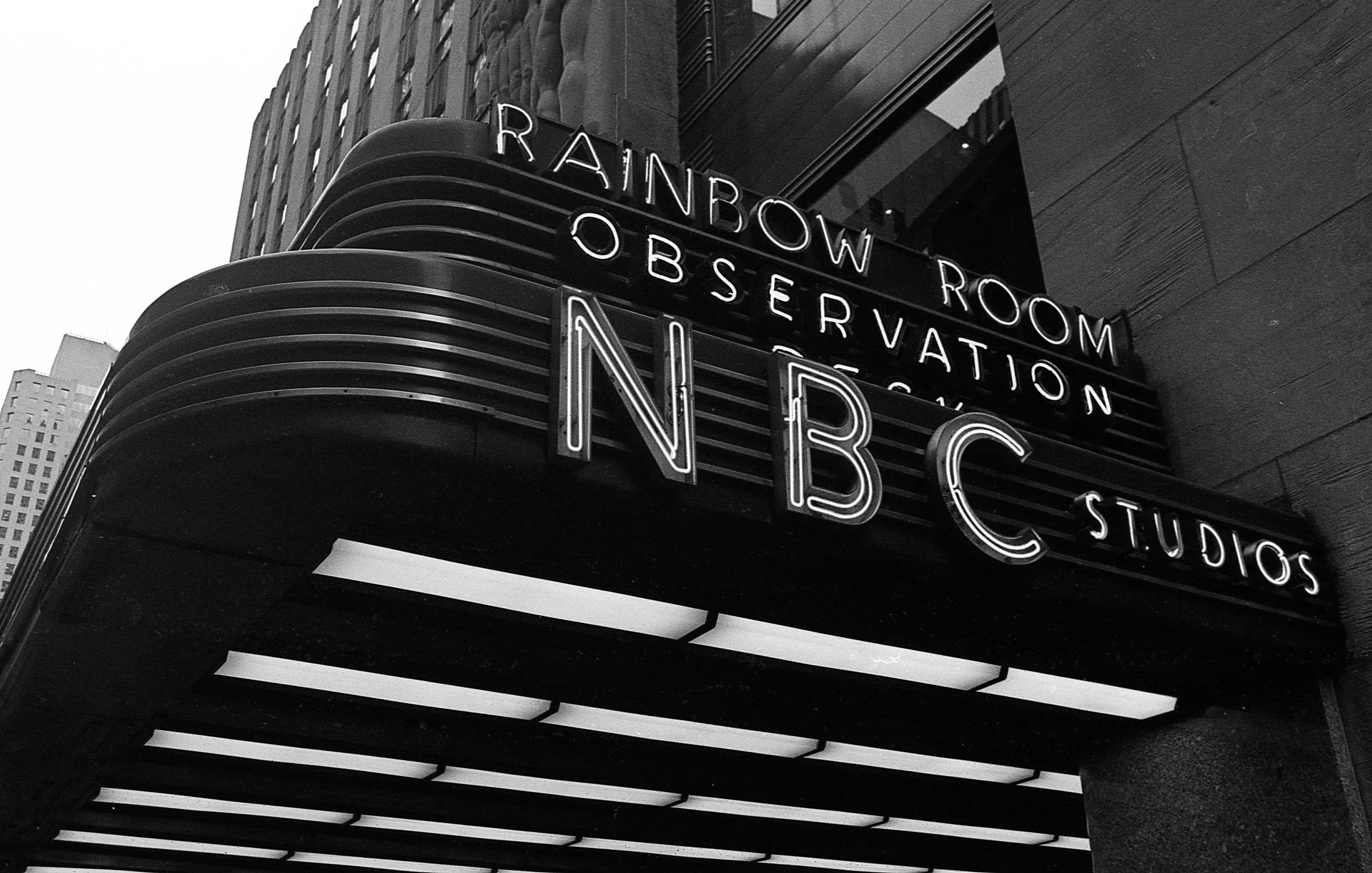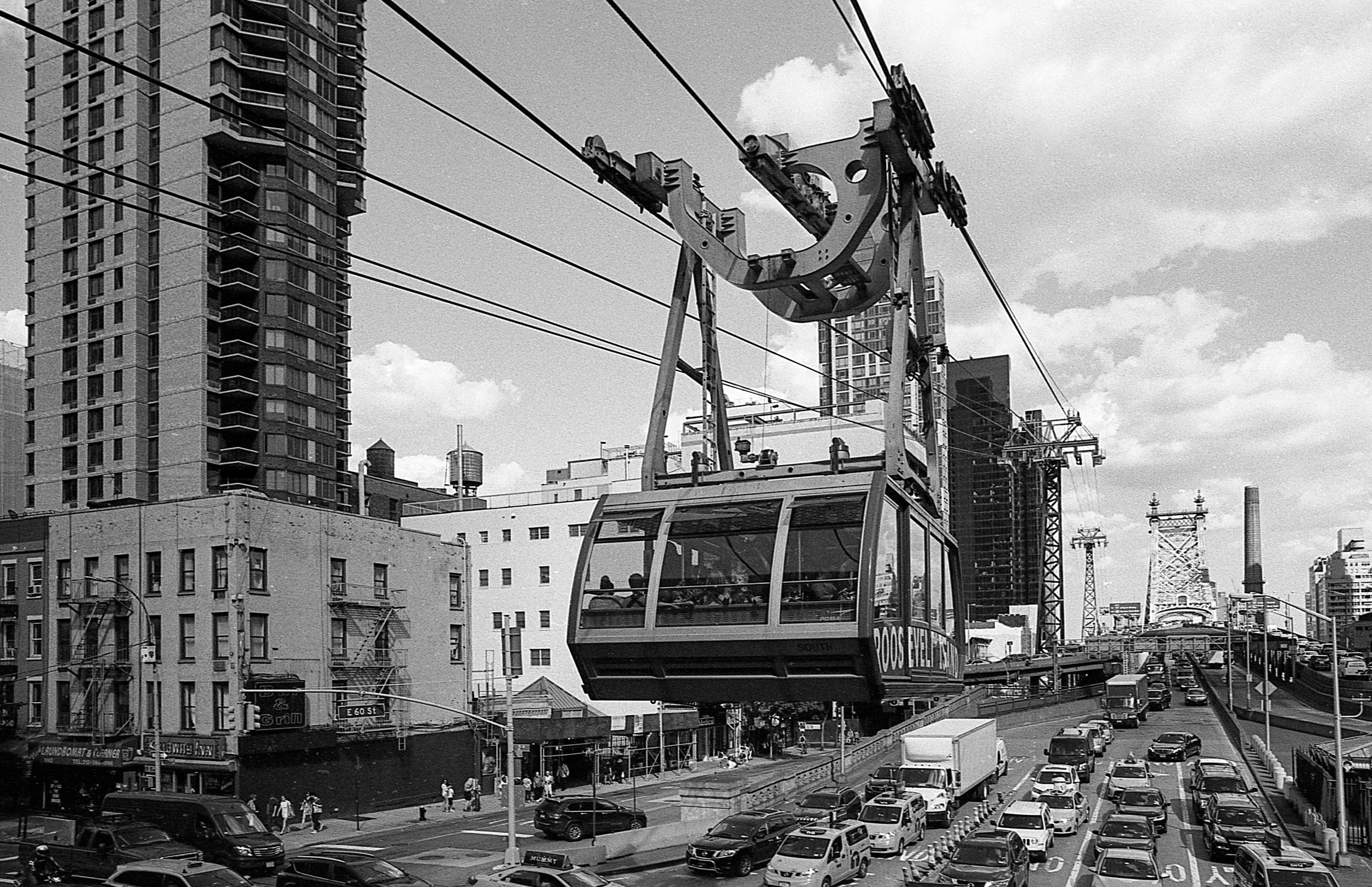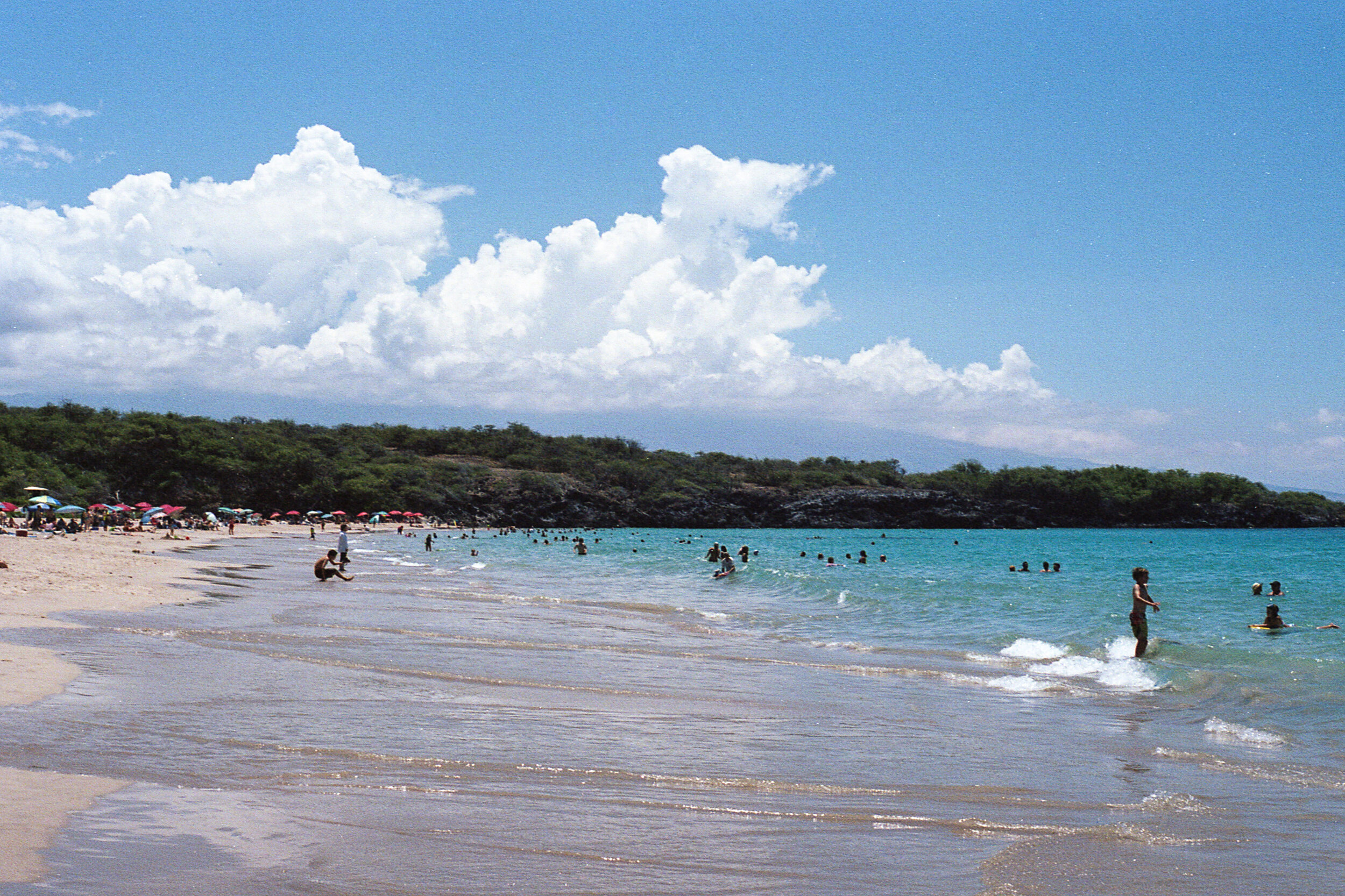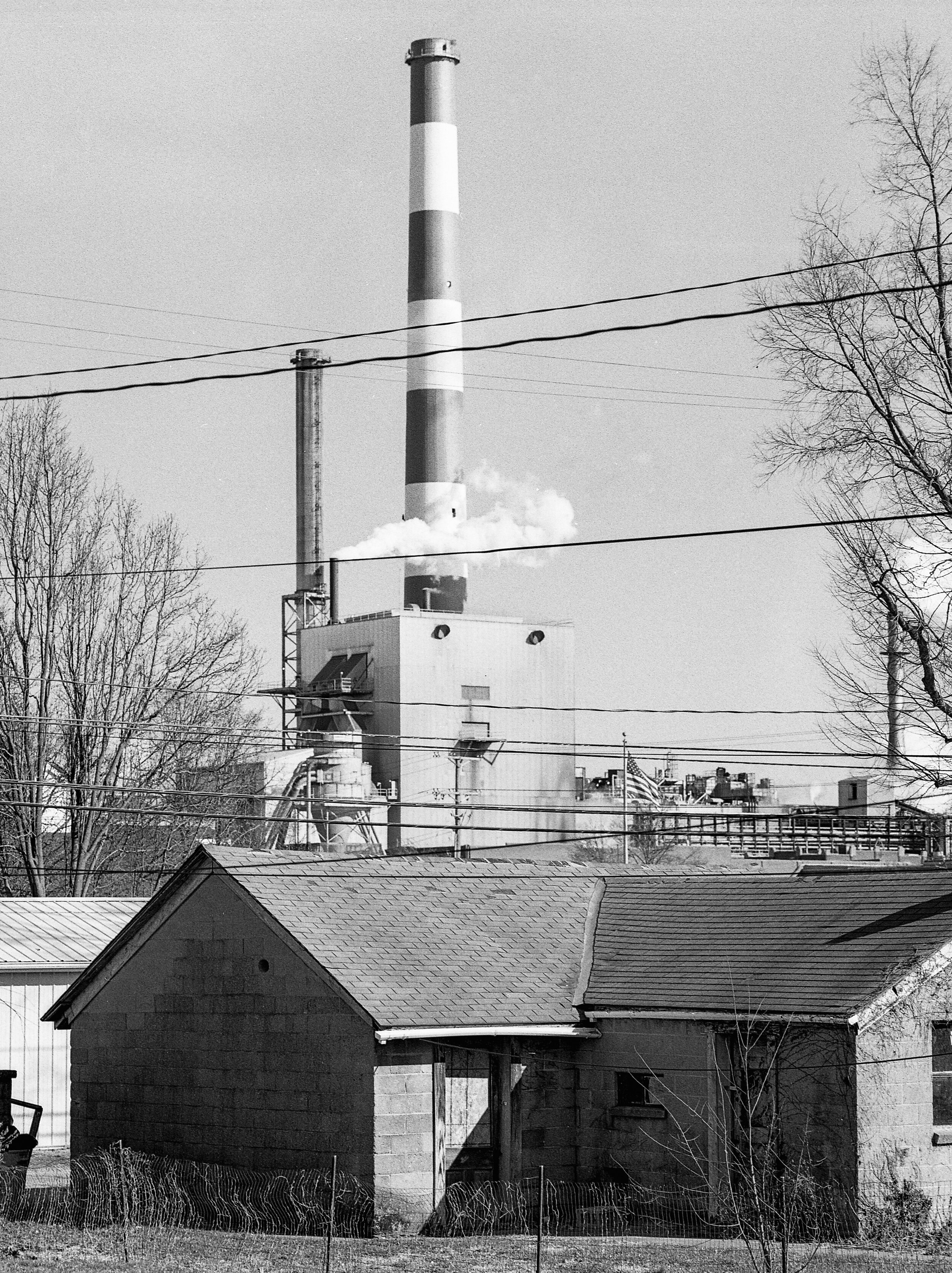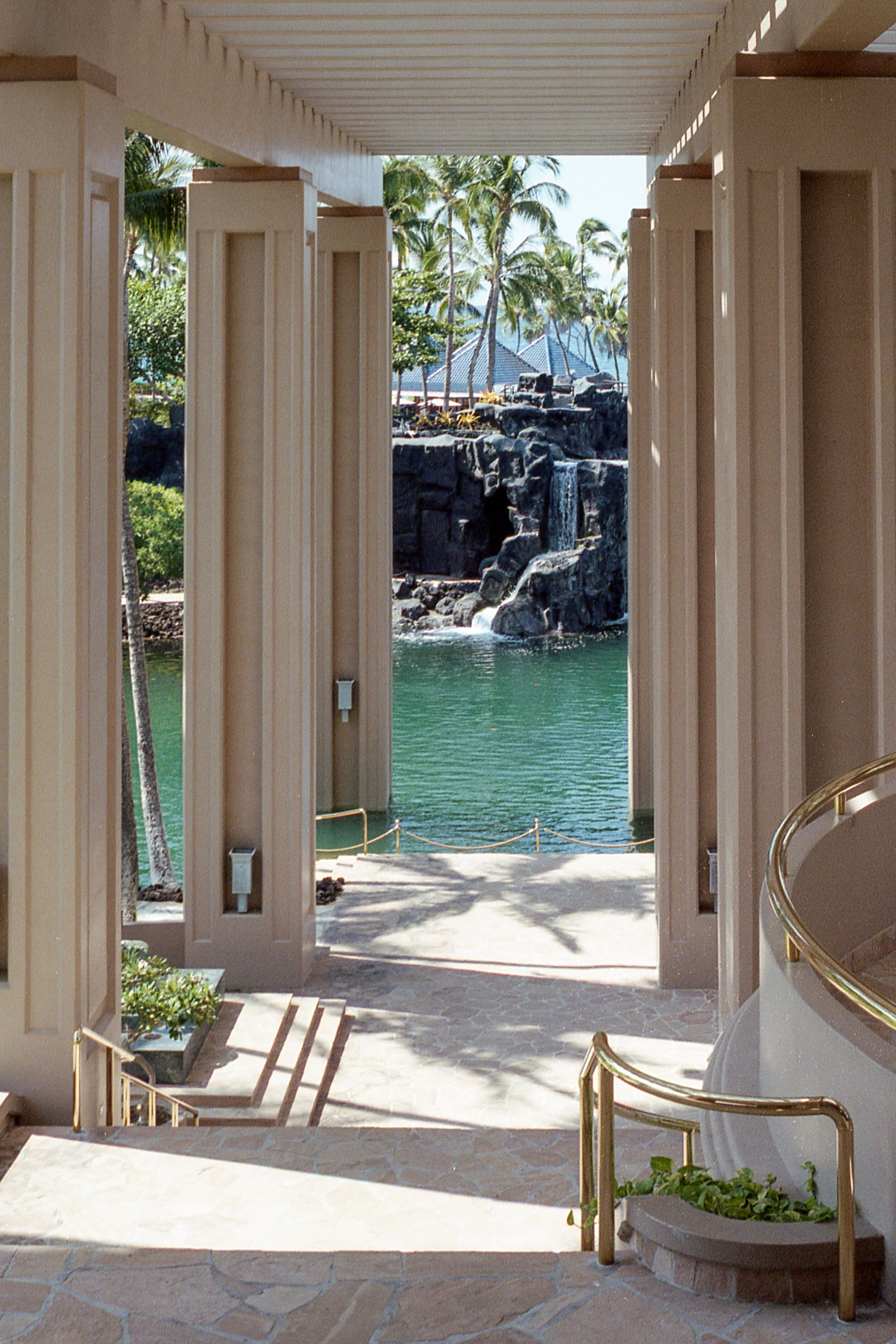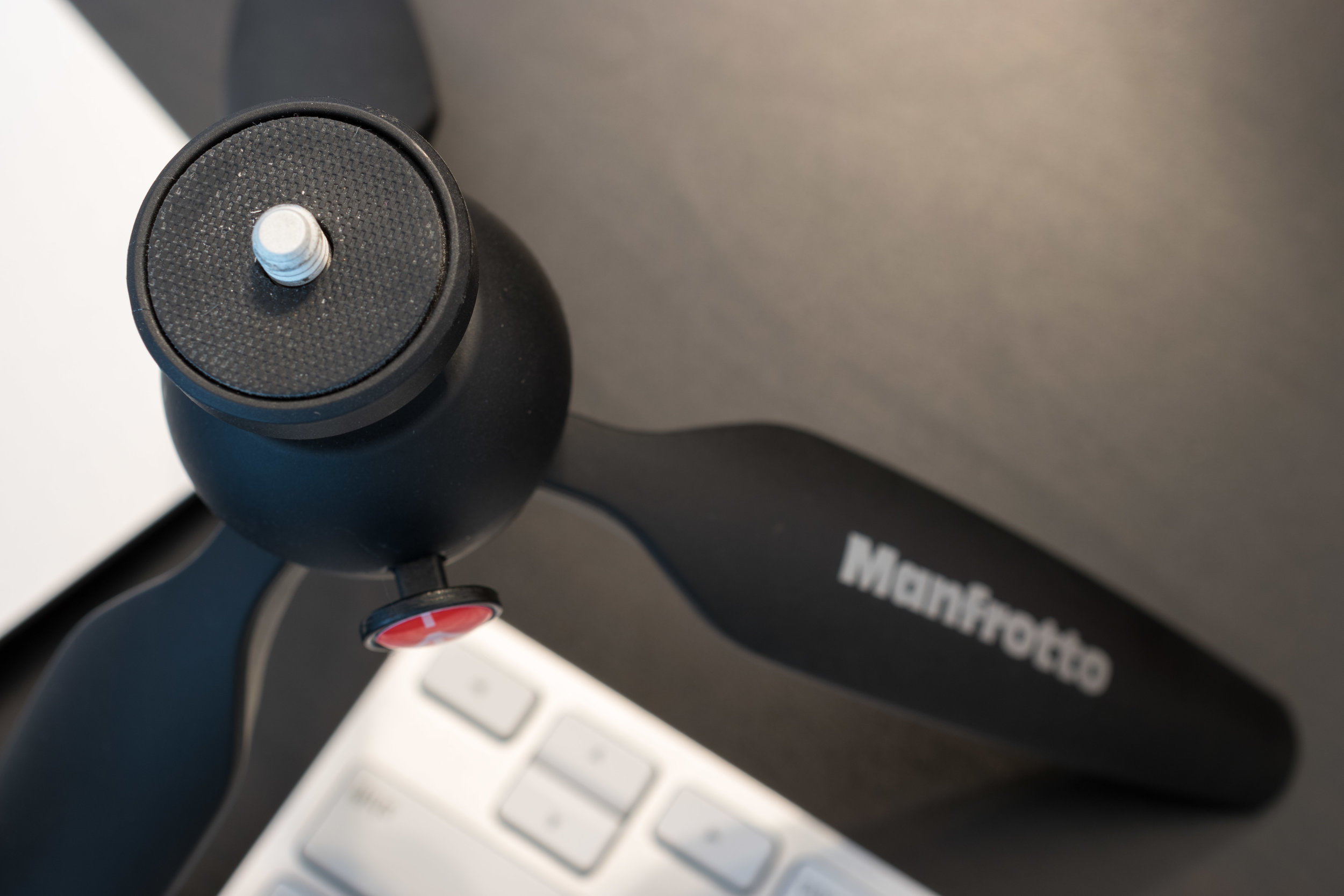Film isn't cheap. C-41 color film is more expensive than black & white, Portra is more than Superia, and Tri-X is more than HP5+. What if you're strapped for cash or just don't want to waste a roll of Tri-X testing out those light seals you just replaced? I recently sent my Pentax ME Super off to Eric Hendrickson for recalibration and replaced the light seals myself over the weekend with a kit from USCamera. Not wanting to waste a roll of Tri-X on photos that might not even turn out right, I reached for a roll of Kentmere 400. I discovered Kentmere 400 film in September when I decided to pick up two rolls of the cheapest black & white film I could find at B&H.
Note: I recently revisited Kentmere 400 in a recent blog post - check it out here!
As of November 2017, Kentmere 400 is the second least expensive 35mm black & white film you can buy at B&H (it's 10¢ more expensive than Arista 400). I paid $3.49 a roll at B&H in September when I made my yearly film order. The film is manufactured by Ilford, makers of the more popular HP5+. I've read that the beginning and end of HP5+ batches aren't up to Ilford's standards, so they're rebranded as Kentmere film. I had high hopes for the film when I loaded it into my AE-1 Program, ready to spend a day shooting around NYC to test the film.
I wasn't overwhelmed by this film, but it sure beat my expectations. The grain structure isn't well defined like more expensive films but it records lots of detail in the shadows which can be brought out later in Photoshop and Lightroom. The film feels "mushy", it's hard to describe. I did my best to shoot with a variety of lenses and lighting conditions, and you can see the results below. This roll was developed in Sprint 9+1 for 11 min 30 sec.
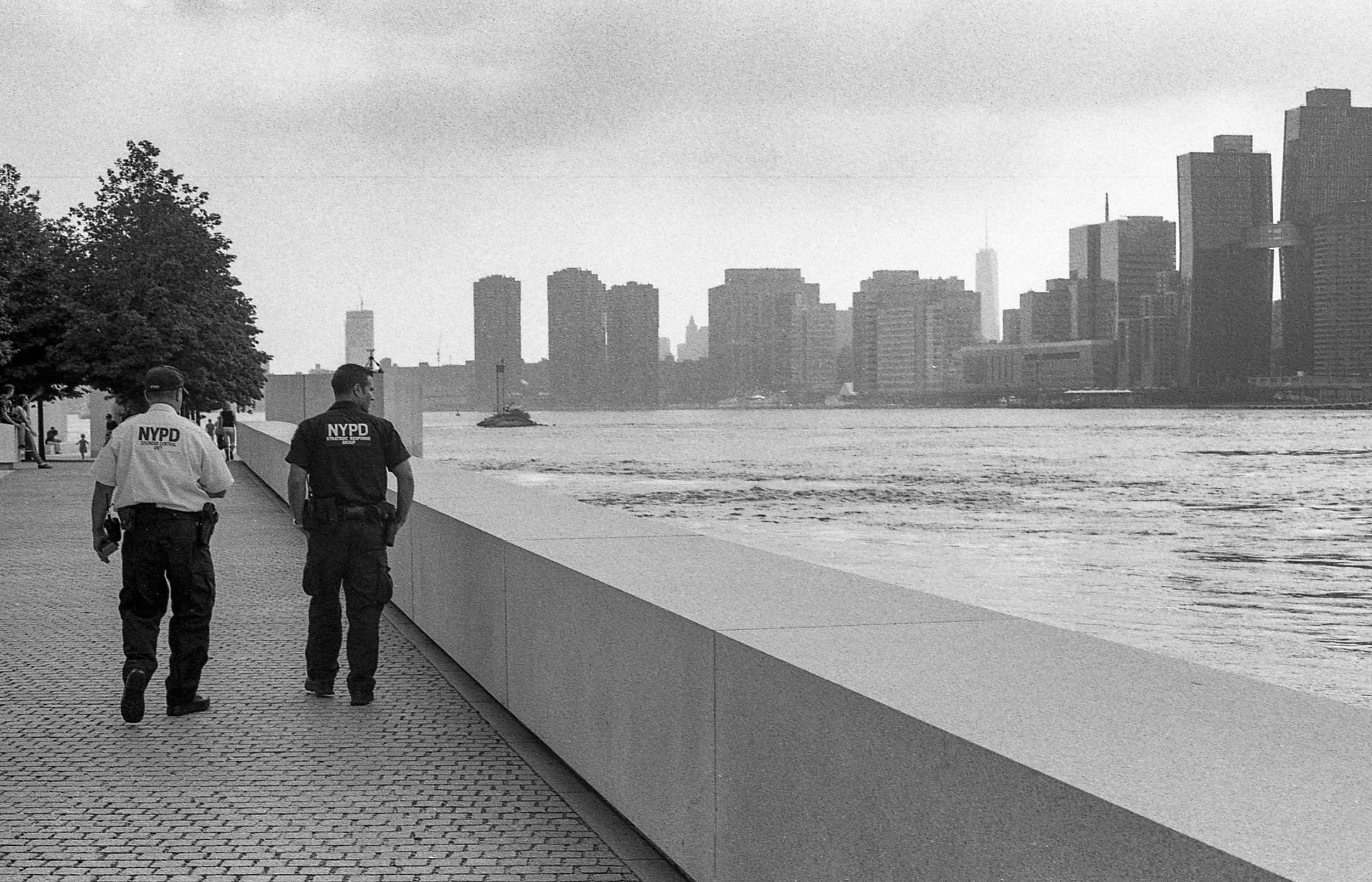


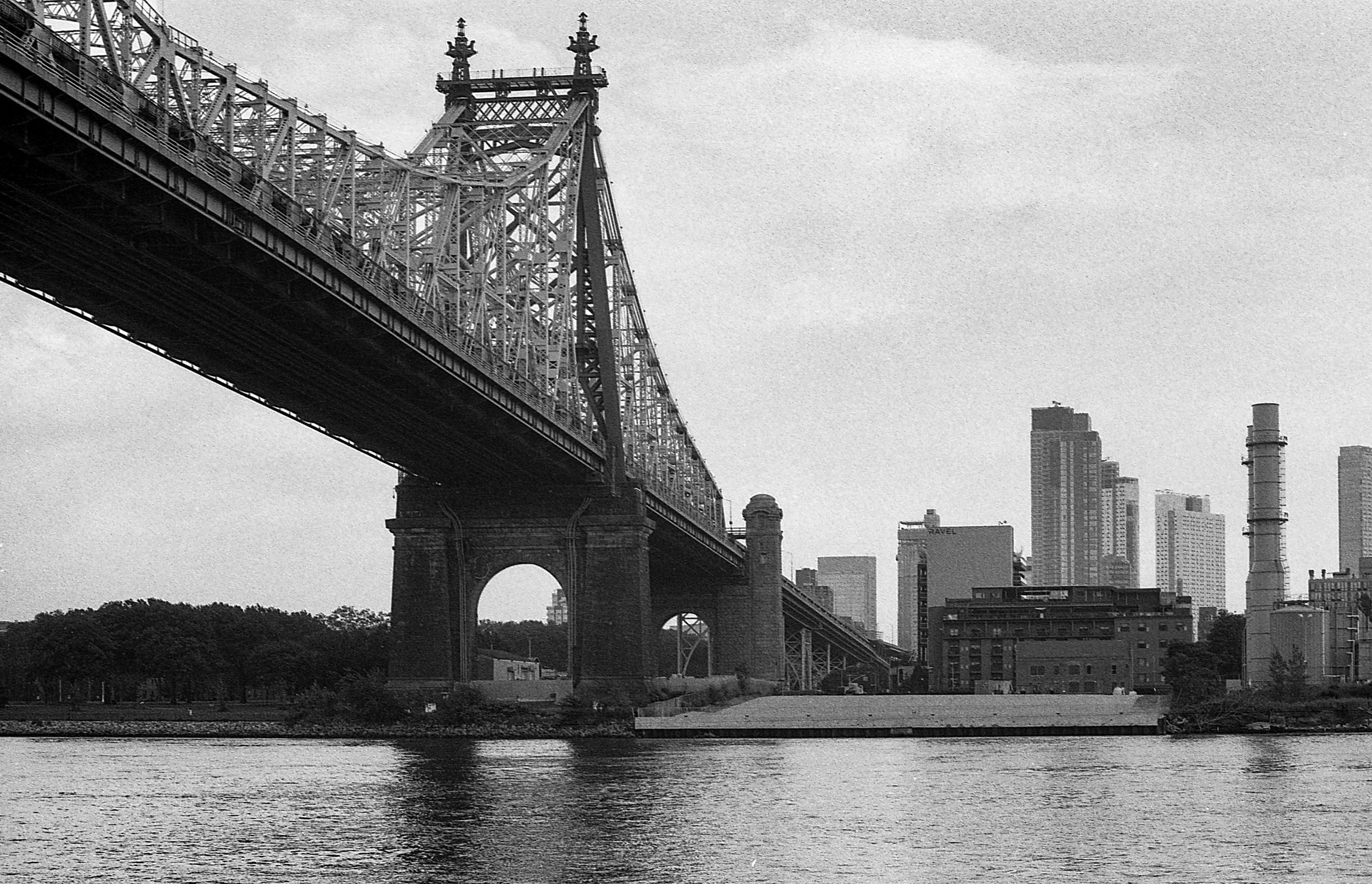
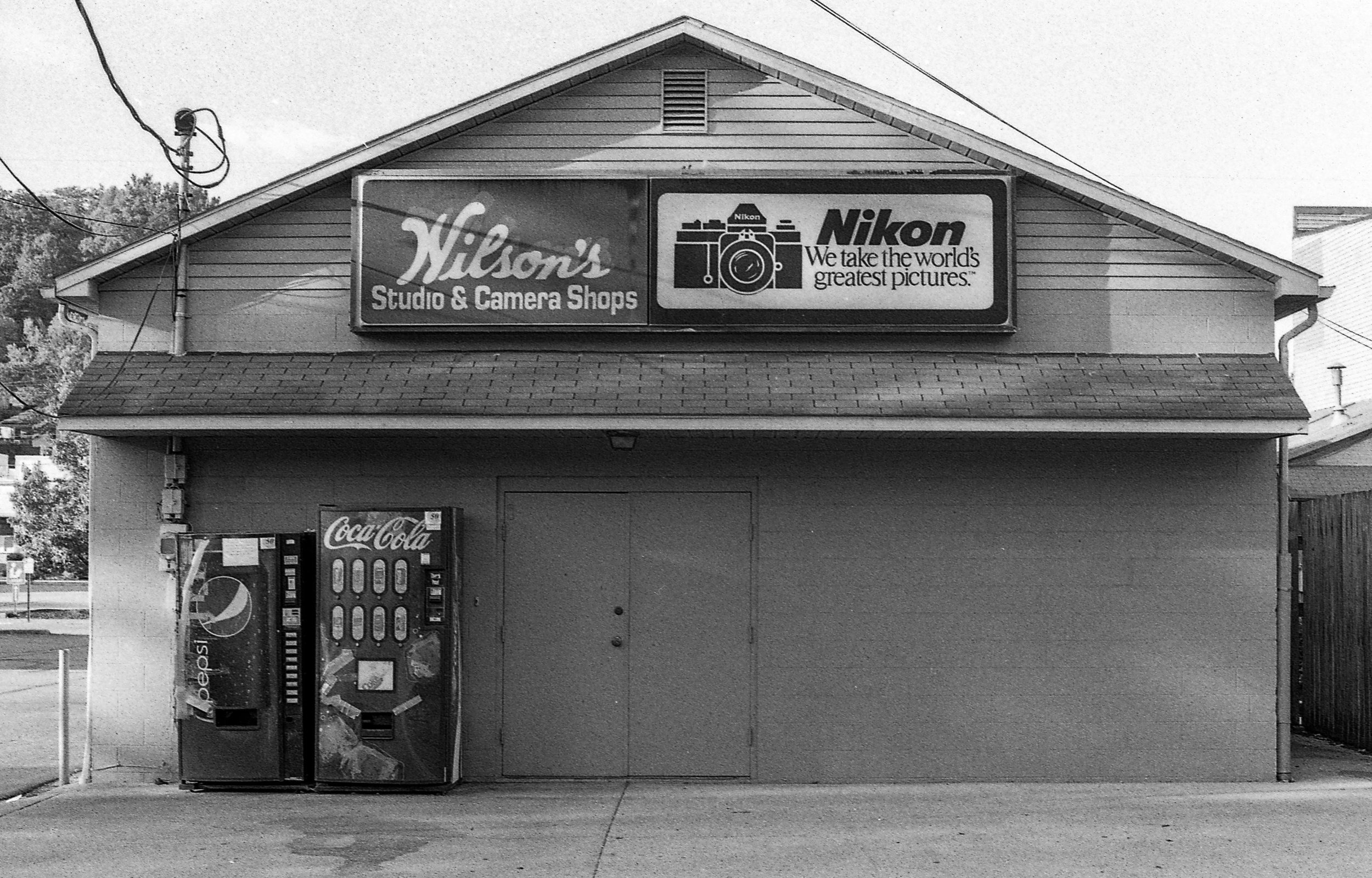
Overall, I would buy this film again. In fact I have two rolls of it right now in my film fridge. It's a good black & white film for testing out concepts for an upcoming project or to just have fun with your cameras. The grain isn't amazing and the images are a bit mushy, but what more can you expect from such a low price point? The bottom line is I don't feel bad about exposing a roll of Kentmere 400 just for fun. I need a good reason to shoot film because I feel like I'm otherwise throwing money away. The few rolls of Kentmere I've shot have been predictably similar in performance, which is good news for photographers that are used to the consistency of Kodak films. Look below for a side-by-side comparison of Kentmere, HP5+, Tri-X, and T-Max at ASA 400.




